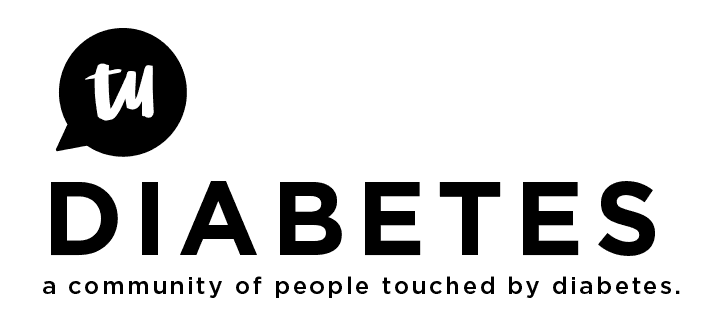Tomorrow is #WorldEatingDisordersDay. We are sharing information on social media and wanted to share this piece on Diabulimia here within our community. This is such a devastating consequence of diabetes and eating disorder as co-occurring forces. It is often well hidden and undetected by family and care providers. If you or a loved one struggle with issues with food, insulin and diabetes, you are not alone. The statistics for occurrence of diabulimia is alarming and often too silent. Diabulimia does not stereotype. It can impact and affect all ages, races and genders.
The information below is from an organization, We Are Diabetes, that is dedicated to bringing support and connection to those who are struggling with eating disorder and diabetes. http://www.wearediabetes.org/about.php
Diabulimia
Most people are familiar with the more widely known eating disorders anorexia nervosa, bulimia nervosa and even binge eating disorder, but few recognize the link between type 1 diabetes and eating disorders. The term “diabulimia” (also known as ED-DMT1) has often been used to refer to this life-threatening combination and the unhealthy practice of withholding insulin to manipulate or lose weight. People suffering from ED-DMT1 may exhibit any number of eating disorder behaviors or they may only manipulate their insulin and otherwise have normal eating patterns.
This risky practice can have catastrophic health consequences. Often these individuals take just enough insulin to function and consistently feel dehydrated, fatigued and irritable. More critically, they face long-term health complications ranging from blindness and nerve disorders to kidney failure and diabetic ketoacidosis (an acidic buildup in the blood resulting from inadequate insulin levels). ED-DMT1 is a relatively new term and the link between type 1 diabetes and eating disorders is not yet recognized as a medical or psychiatric condition. As a result, it is greatly under-diagnosed and left untreated. The first step in treating this dangerous disorder is understanding the causes and symptoms.
Numerous studies (link to our academic research page) conclude that woman with type 1 diabetes are twice as likely to be diagnosed with an eating disorder compared to their non-diabetic peers. Although many of these studies suggest that there is a higher rate of woman engaging in this risky practice, type 1 diabetic men can and do suffer from eating disorders as well.
There are many factors that can contribute to the increased risk of ED-DMT1: the necessary emphasis on food and dietary restraint associated with the management of type 1 diabetes can create an unhealthy focus on food, numbers, and control. The psychological and emotional effects of having to manage a chronic medical condition such as type 1 diabetes, can also play a role. Depression, anxiety and poor body image are common with the dual diagnosis of ED-DMT1. Living with type 1 diabetes is not easy; sometimes insulin omission or other behaviors that could be considered traits of an eating disorder may start out as an act of diabetes rebellion but can manifest over time into an overwhelming cycle of eating disordered thoughts and symptoms.

